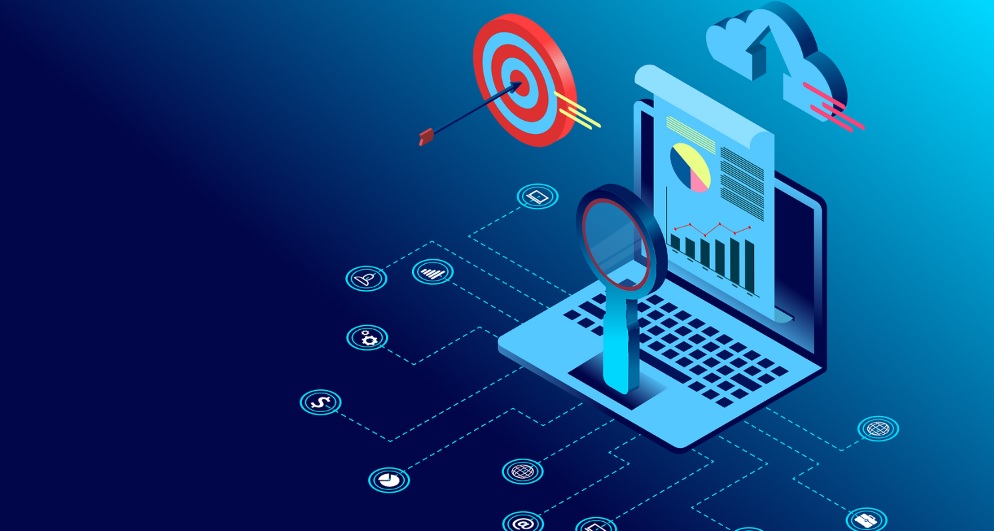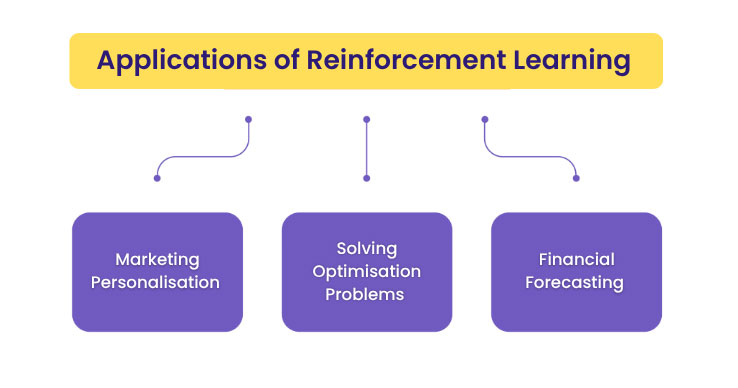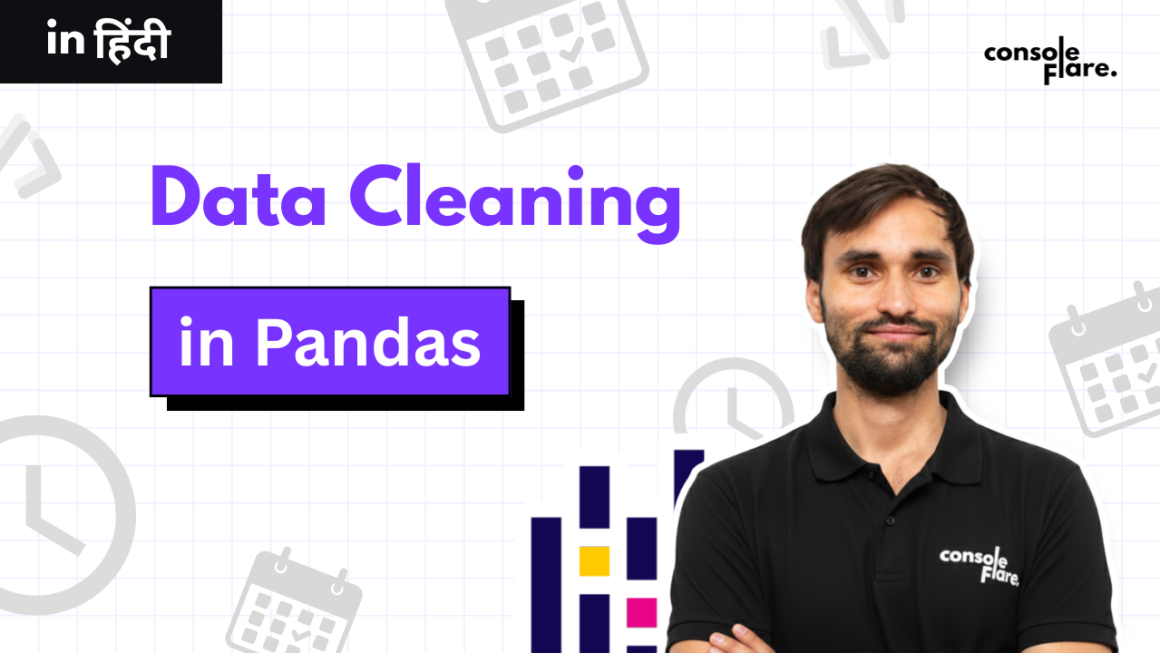Today, in a fast-changing world, being successful in business is not necessarily just good luck or crazy ideas. It is dependent on how well you understand others and their problems in general, as well as what they want, like preferences, and data that provides understanding: this is everything.
Data driven thinking is the way to use real facts, customer actions, and numbers to make smart decisions. Instead of trying to guess what will work best, you use data as a guiding light. In this way, you may be able not only to construct a company but also to build something more meaningful for people. Let’s take a look at how this way of thinking can be used in finding your next big business idea.

How Data Driven Thinking Can Spark the Next Big Business Idea?
-
1. Finding Unmet Needs and Hidden Opportunities
Sometimes the best ideas come from the smallest problems that no one has yet managed to solve. Data can help you find out about these.
By looking at customer complaints, feedback, and the trends in social media, as well as search data from internet inquiries, you can know what people are up against. It reveals what is missing in the market today.
Example:
Imagine that a company reads thousands of social media posting entries. It seems that many people are seeking, for their daily use and leisure hours, products like toothbrushes that are friendly to the ecological environment, soaps, or packaging. This could result in the launch of a new brand concentrating only on sustainably packaged and inexpensive personal care items.
Takeaway:
Data assists as you note down what people require- even if they do not tell you directly.
-
2. Making Products That People Actually Want
Producing a great product is not about adding lots of glitzy little adornments. It’s about understanding something appeals to those people who use the product and then finding a way of doing that. Data lets you know which things they love, which ones they overlook, and how irritated they are.
Example:
As a mobile app company, are we set up to provide all these features? Yes, we are. Though some two-thirds of our users only make use of two features on the ten-feature menu. And that’s the troubling thing…
Based on this, we simplify the app, polish those two and discard the unnecessary clutter. The result is a satisfied customer and increased usage of the app.
Takeaway:
If not real usage data, then what will guide product design? By acquiring such a key, you can develop simpler, smarter, and more useful products.
-
3. Personalizing the Customer Experience
Every customer is different. But armed with data about their past behavior, likes, dislikes, and interests, you can regard each one as an individual in your charge.
Example:
An online shopping site looks at a customer’s browsing history and previous purchases, and next time the person visits the site it shows items similar to ones he liked before. This kind of personal attention increases his chances of buying again.
Takeaway:
When people feel that your product or service “knows” them, they’re much more likely to stay around and buy more.
-
4. Smarter Marketing, Less Waste
Marketing without data is like shooting in the dark. You might hit the target, or you might not. Data tells you which of your campaigns works and which platforms are getting more returns. It also shows what kind of content the audience likes best.
Example:
A company runs ads on Facebook, Instagram, and YouTube. Through analytics, they find that Instagram Reels is producing the best reach and results. As a result, they shift more attention to that medium and stop spending money on less effective channels.
Takeaway:
Use data to guide where, when, and how you have contact with your audience–and save money at the same time.
-
5. Making Stronger, Safer Business Decisions
Whether it’s a small decision or a big one, every step in business has some element of risk. But when you have the data in front of your eyes, then decisions become secure.
Example:
A retailer uses the previous year’s sales data receptions replenish ought to replenish what the sales model says is high. Instead of guessing, they frequent that old standby, which moved units last year-plus save themselves the expense of a bad buy.
Final Thought
At ConsoleFlare, we firmly believe that data does not belong only to big corporations and tech experts. It is there for anyone who wants to grow smarter and faster–every student, every shop owner, or every dreamer, whether they are thinking their thoughts.
We not only introduce tools such as Excel, SQL, Python, and Power BI, but also how to think with data, see the reality as it is, and make decisions that are based on facts rather than dilettante speculation.
Whether you want to build your own business, start a career in data, or just solve real problems around you–data-driven thinking is what you need to succeed.
And the best part? It’s an ability anybody can learn.
Join ConsoleFlare and start your data journey today. Your next big idea is already out there waiting for you.
For more such content and regular updates, follow us on Facebook, Instagram, LinkedIn





